Nov. 15 marked the beginning of the third week of the teachers’ strike. Despite ongoing negotiations, PPS and PAT have been unable to reach an agreement on a contract. PPS released an official contract offer on Nov. 12 which PAT rejected. PAT released a statement shortly afterward explaining that they didn’t accept the contract because based on the offer, “it would seem that management is completely unwilling to meet the needs of educators and students.”
PAT president Angela Bonilla said that although PPS “put out a message saying, look, we’ve met all of the educators priorities, look at how we’ve moved on all these things,” they’re really “just repackaging” contract language that was already established. Bonilla cited how the district stressed that teachers are promised annual raises for continual years of work.
“Us getting more money because we work here another year is just how it always works. That’s not new,” she explained.
In the offer, the district highlighted increased planning time, saying in their statement that they would give “a 90-minute increase in weekly planning time for all K-8 educators and additional teacher planning days.”
However, Bonilla said that PPS wants to change the definition of planning time to “anytime you’re not in front of students.”
The section defining planning time in the district’s Nov. 12 proposal reads, “planning time includes but is not limited to instructional preparation and educator preparedness and effectiveness. Planning time is designated for instructional planning and completing responsibilities inherent to a teaching position, with the absence of student supervision responsibilities.” Planning time was not defined in the previous proposal.
If this change were to occur, educators might end up with less planning time than they have even now.
“Right now, in the morning, we have seven and a half minutes as educators that doesn’t count as planning time to put our jackets away, use the bathroom, put our lunch in the fridge and then go to duty. They would count that as planning time,” Bonilla said.
Bonilla also said that the district omitted language guaranteeing a system to ensure that schools are able to obtain immediately necessary fixes to building infrastructure, such as measures to address unsafe classroom temperatures. Additionally, many of PPS’s offers, such as additional support staff and increased funding for education assistance, would only last for a year.
Overall, there has been little movement in negotiations. PPS has not made many offers that PAT is willing to accept.
“It breaks my heart to know that teachers are giving up their paychecks, their time, their physical and mental health, to fight for education. They shouldn’t have to do that, especially when PPS isn’t even willing to bargain,” sophomore representative and student strike leader Clara Gordon said.
On Nov. 15, student strike leaders held a student rally outside of the district office. The rally featured speakers from multiple high schools, and many of them addressed the school board.
Liz Loveless, a senior at Wells, said, “quite frankly, it’s embarrassing that the school board has not stepped in to do something sooner.”
Senior Chloe Gilmore, a student at Lincoln, agreed with Loveless’s sentiment. “School board members should start siding with students and the PAT,” Gilmore said.
Speakers shared their personal experiences of crowded classrooms and unsafe buildings and voiced their support for bolstered mental health services.
“I think it’s just egregious that we have to be taught in places where it’s either distracting or harmful to our health,” said Janiya Thompson, a junior at Jefferson.
Evan Burke-Doyle, a senior at Cleveland, shared how last year, students were forced out of classrooms multiple times due to hazards such as sewage spillage and falling ceiling tiles. Sophomore Lexi Diaz-Arbor, the student strike leader from Roosevelt, also told a story about a section of flooring in her middle school classroom that was rotted through.
“No one wants to work in a school where there are rotting floorboards,” Diaz-Arbor said.
Diaz-Arbor also discussed her over-crowded chemistry class, where she and other students are forced to stand because there aren’t enough tables to accommodate them.
In regards to increased mental health supports, Diaz-Arbor said, “it just makes sense to everyone. It benefits everyone. Teachers are less stressed out, students get what they need, it just makes sense.”
Although Bonilla had been hoping that PPS and PAT would reach an agreement last weekend, there hasn’t been an adequate compromise.
“Unfortunately, the proposal the district gave was so much what they’ve already said in September that it’s hard to tell when they will finally recognize that this isn’t going away, because you made a nice little webpage,” Bonilla said. “This is a real problem you have to really solve.”
On Friday night, PAT sent out a statement, explaining that they had focused their negotiation efforts that day on workload and class size but that PPS has barely budged and has expressed disinterest in hearing parent input.
PPS has not sent out any detailed communications regarding the state of negotiations since Sunday night but they have posted the most recent PAT supposal and PPS proposal for Article 8 of the contract to their bargaining website.
In their most recent statement, PPS said that “our sincere hope is that we get our students back to school as soon as possible.”
Similarly, Bonilla expressed that educators are ready for the strike to come to an end.
“We hope to be done with the strike as soon as possible,” Bonilla said. “But as educators, we always prepare, so we’re ready to do what it takes.”


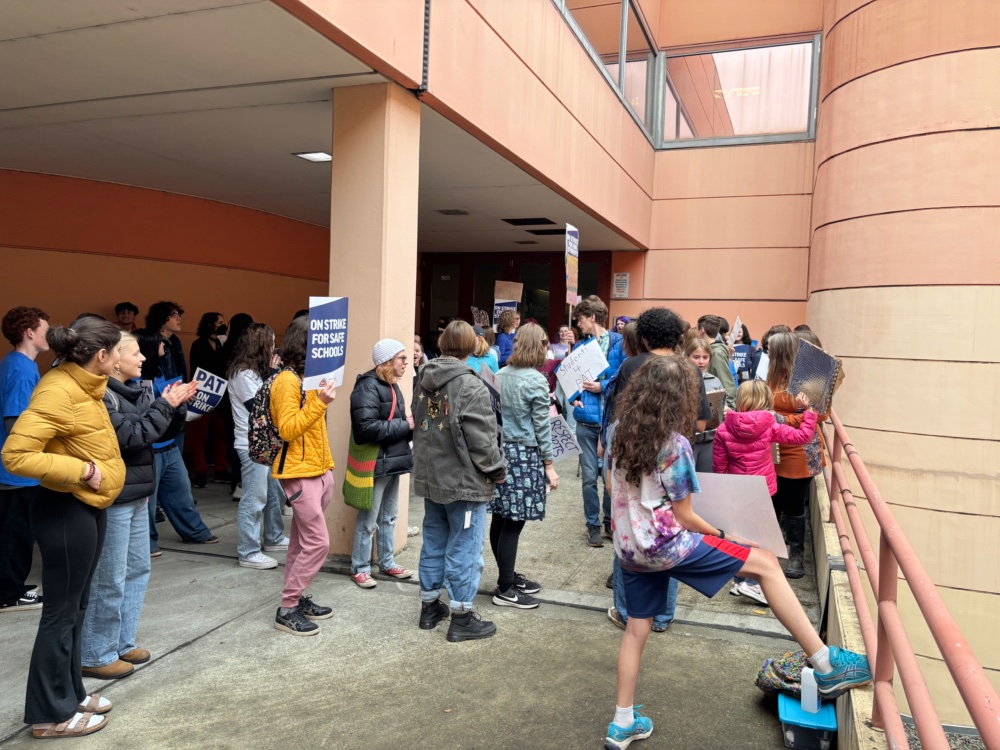




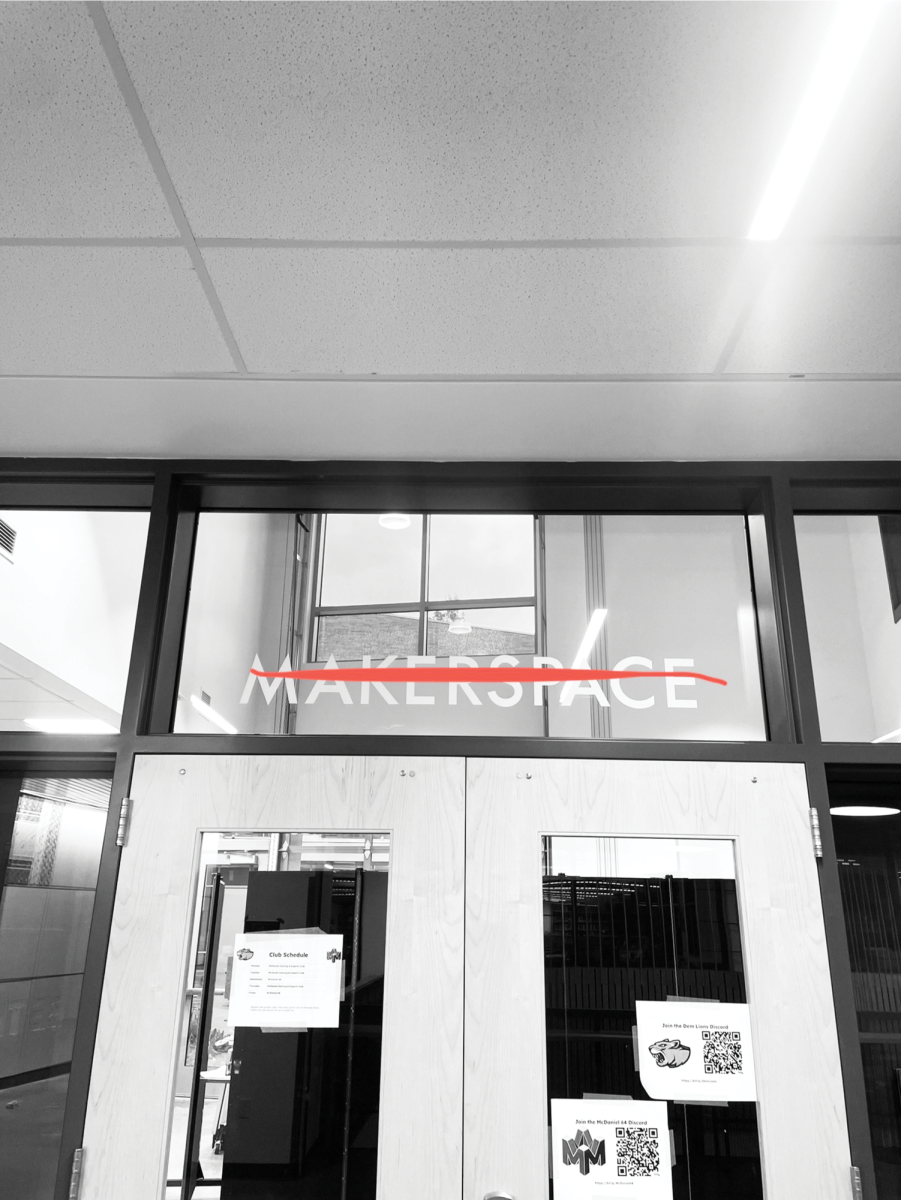
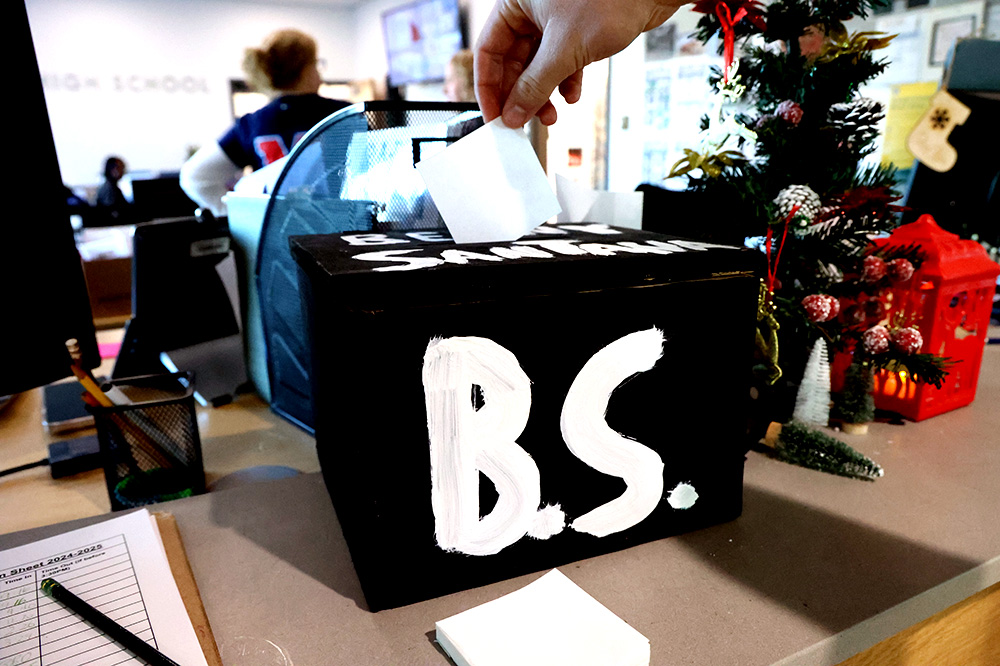



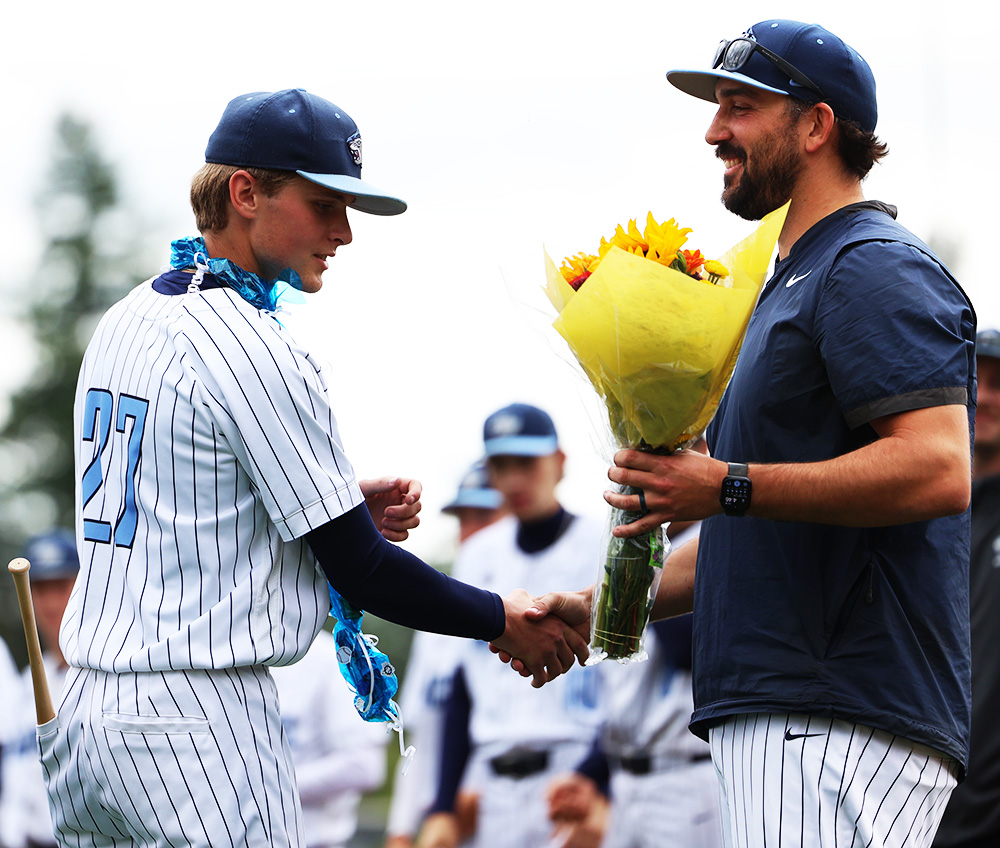
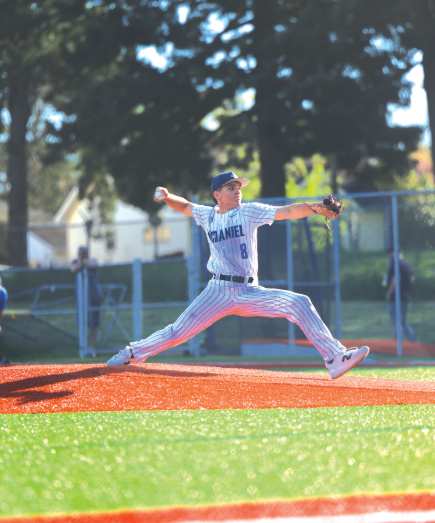

molo • Nov 18, 2023 at 5:28 pm
I’m so impressed that y’all are reporting on this critical issue without your (justifiably striking) advisor. Killing it! Love the perspectives from students across the district.